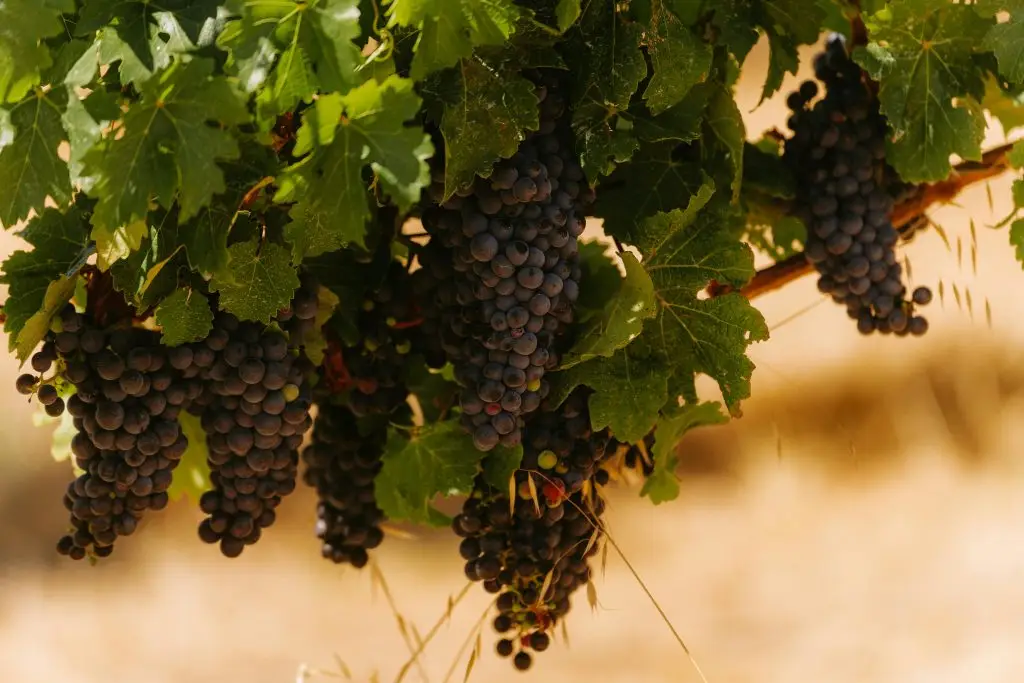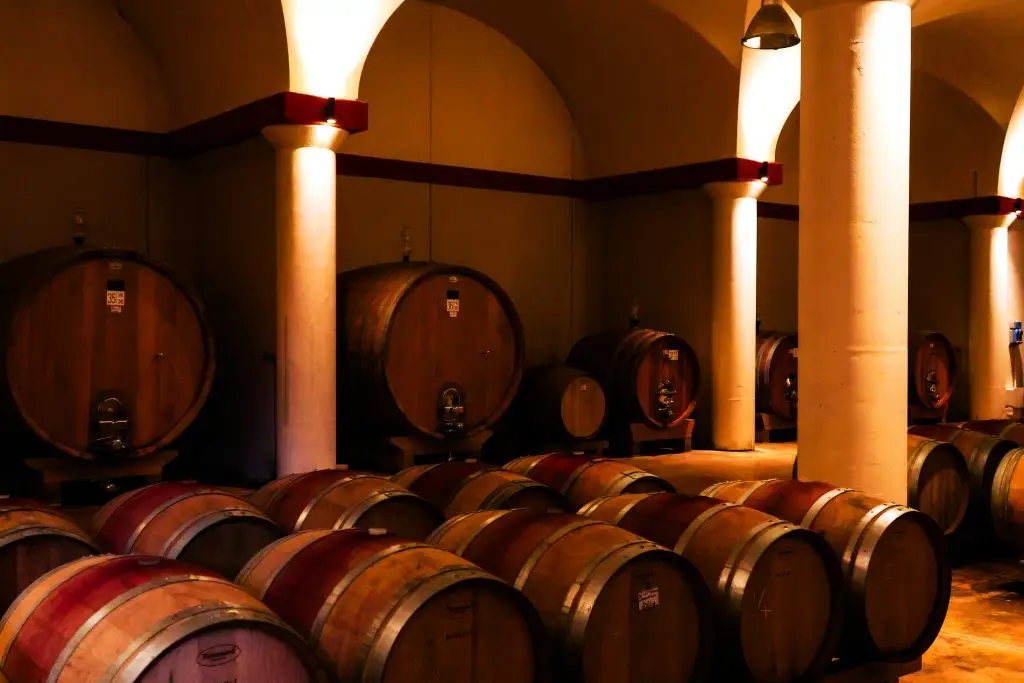Discovering the Chianti Classico Denomination: History, Tradition, and Quality
Chianti Classico is one of Italy’s most celebrated and historic wine denominations. Located in the heart of Tuscany, this area is renowned for producing high-quality wines that reflect centuries of tradition and winemaking expertise.
Let’s explore the fascinating history behind this denomination and what makes its wines so unique and distinctive.
Table of content:
- Origins and History
- Territory and Terroir
- Production Process
- Labeling and Classification
- Conclusions

Origins and History
The roots of Chianti Classico reach deep into Tuscany’s distant past. It was in the Middle Ages that monks from local monasteries began cultivating vines and producing wine in this fertile region. However, it was in the 18th century that Chianti Classico began to emerge as a defined wine denomination.
The historic Chianti League, formed in 1716, was one of the first to establish rules for wine production in the region. This league outlined the wine zones of Chianti Classico and set quality standards for its wines.
Over the following centuries, this denomination continued to evolve, undergoing changes and refinements that helped solidify its reputation for excellence.
Territory and Terroir
The Chianti Classico territory stretches between the provinces of Florence and Siena, embracing a vast area of hills and valleys characterized by limestone soils and an ideal Mediterranean climate for vine cultivation.
This unique terroir lends Chianti Classico wines a distinctive character, reflecting the influences of the soil, climate, and traditional agricultural practices.
The main grape varieties used in the production of Chianti Classico are Sangiovese, Canaiolo, and Colorino, with the possibility of including small percentages of other local varieties like Merlot or Cabernet Sauvignon.
Sangiovese, in particular, gives Chianti Classico wines their unique character, with notes of red fruit, spices, and earthiness, balanced by a lively acidity.

Production Process
The production process of Chianti Classico is guided by strict rules and standards aimed at preserving the authenticity and quality of the wines.
One of the fundamental requirements is that at least 80% of the blend must be Sangiovese. The remaining percentages can include other authorized varieties, but with precise limitations.
The maturation of Chianti Classico wines often occurs in wooden barrels of various sizes, which contribute to the wine’s complexity and structure. This aging period can vary depending on the type of wine produced, with Riserva wines requiring a longer aging period compared to standard versions.
Labeling and Classification
The Chianti Classico label is a mark of quality and authenticity.
Wines bearing this denomination must be produced exclusively within the zones delimited by the Chianti League and must adhere to strict production and bottling criteria.
In addition to the base denomination, there are also additional categories indicating higher quality and complexity. Riserva wines, for example, are made with grapes from selected vineyards and are subject to longer aging periods before being released to the market.

Conclusions
Chianti Classico is much more than just a wine: it’s a symbol of tradition, passion, and dedication to viticulture.
Its deep roots in the history of Tuscany and the ongoing pursuit of excellence make it one of the world’s most prestigious wine denominations.
With its distinctive character, Chianti Classico continues to fascinate and excite wine lovers around the world, offering them a taste of the beauty and richness of Tuscan wine culture.
Whether it’s a young, fresh, and fruity Chianti Classico or an elegant, aged Riserva, every sip tells the captivating story of this extraordinary wine denomination.